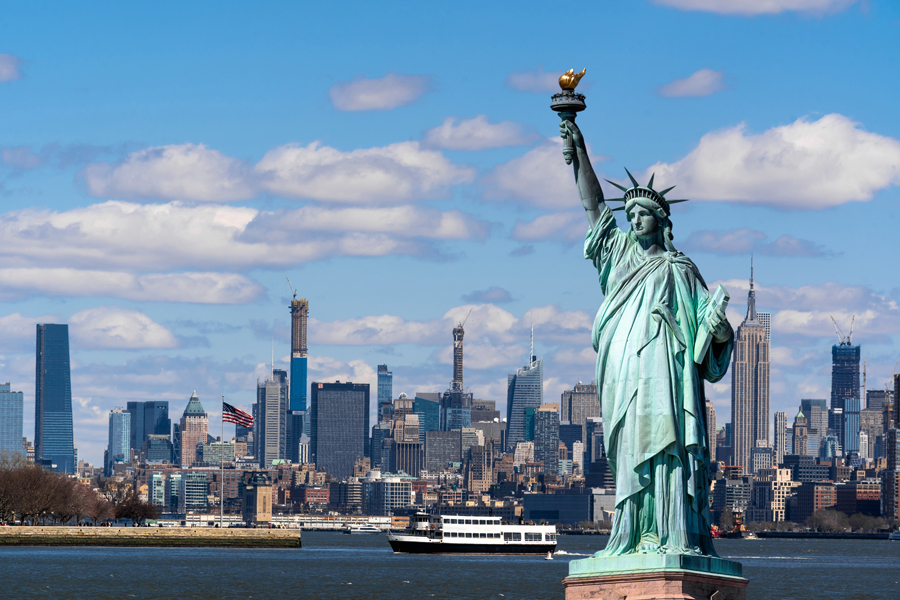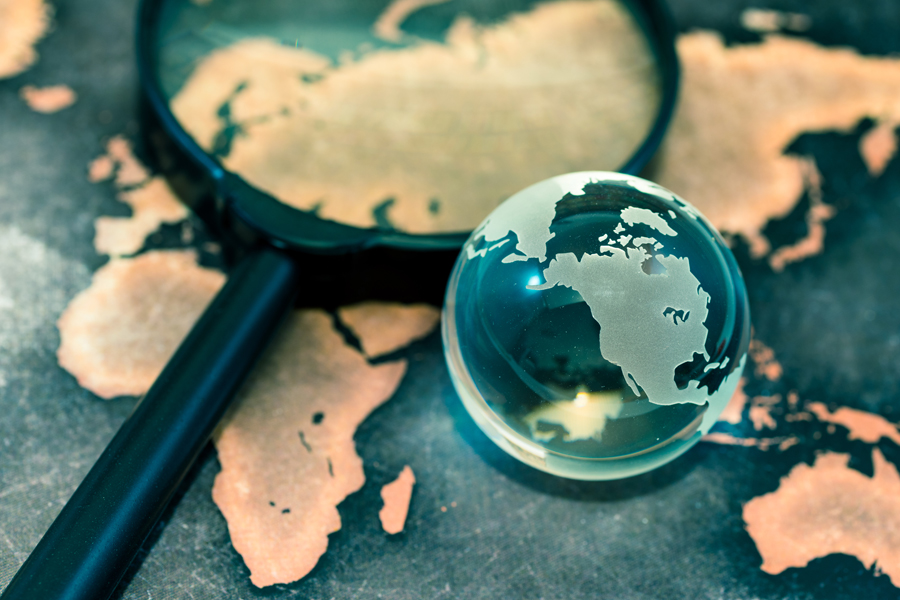The global economy in the 2000s was full of ups and downs against the backdrop of the surfacing of the subprime loan problem and the Lehman shock. I looked at the transition of the American economy and the future direction.
目次
American economic transition after World War I
In 1919, about 100 years ago, the Treaty of Versailles was signed. As 2018 marked the 100 years since the end of World War I in 1918, large-scale events were held around the world.
Even after the end of the First World War, historical events such as the Second World War, the Cold War between East and West, and the collapse of the Soviet Union have occurred around the world.
One of the most notable changes since the end of World War I is the transition of the world’s top countries. The head of the world economy has shifted from Britain to the United States. Let’s look at this in terms of GDP.
The United States originally surpassed Britain’s real GDP before World War I. In the United States, the population increased greatly during this period and helped the GDP increase. The middle class increased and the economy centered on domestic demand was established. However, with the outbreak of the First World War, exports of military products to European countries increased and exports of steel and wheat increased.
On the other hand, as industry became richer and stock prices continued to rise and peaked out, a global depression finally occurred in 1929. The outbreak of World War II was the beginning of a long-term recession for the United States in the 1930s.
World War II and America’s Stable Growth
1939 was the year Nazi Germany invaded Poland and started World War II. During the war, the production of munitions expanded and the accompanying fiscal stimulus was used, and as a result, the United States succeeded in escaping from the Great Depression through World War II.
For example, 6 million women got jobs in the processing and production sector as demand for military products increased. Real GDP in 1945 increased by about 88% compared to 1939 when the war started, and the unemployment rate dropped to 1.2% of the labor force.
The U.S. dollar was the key currency at the 1944 Allied Monetary and Financial Conference in Bretton Woods. The U.S. currency, which already has the world’s greatest economic and military power, was judged to have the largest circulation and the highest creditworthiness in the world. The currency system with the dollar as the key currency is the Bretton Woods system.
Since the introduction of the Bretton Woods system, dollars have been circulated around the world, and countries around the world bought dollars for trade. The exchange rate system at that time was fixed, so unlike the current floating exchange rate system, we were able to focus on exports without worrying about exchange rate fluctuations.
After the war, we need to reinvent the economy. The transition to a post-war economy in the United States has been relatively smooth and despite a temporary drop in GDP, the economy has been growing steadily.
Protective trade that supported America

After World War II, despite the Cold War and the Cuban Missile Crisis, America continued to enjoy stable growth. In the 1960s, white-collar workers outnumbered blue-collar workers, dramatically improving people’s living standards. Hollywood movies and TV also showed the American way of life to the world, and many countries aimed for economic development to catch up with it.
During this period, the mass consumption society became full-scale, partly because of the effects of product cost reduction. It was also the year when Japan began to enter the world market with automobiles and home appliances as its weapons. In the 1980s, the trade deficit with Japan increased and trade friction was frequently reported.
This is not limited to Japan. The United States accounted for 40% of global steel production until the 1950s. However, production in Japan and Europe increased in 1960s. As a result, demand for protectionist trade increased in the United States, and the export industry, including the manufacturing industry, became increasingly severe.
Under the Clinton administration in 1994, a policy to protect specific industries was promoted, with a particular focus on the high-tech industry. After the Lehman shock, many countries tried to move toward protectionism.
Protective trade policies provide temporary benefits for protected industries. However, it is necessary to pay attention to the fact that it may reduce the international competitiveness of the industry. As an example of economic growth promoted by trade protectionism, the development of the western United States is often cited. If the size of the domestic economy is large, domestic demand-led growth can be expected even with protectionist trade. The current Trump protectionism is an extension of this economic growth.
Summary
President-elect Trump is now promoting protectionism to reduce the trade deficit.
It is clear from the transition of the United States that the United States has acquired the benefits of protectionism by becoming a leader. It is expected that the United States will continue to engage in trade consultations with other countries on a protectionist policy. This can be a risk for companies looking to expand overseas. If you want to expand overseas, I recommend that you look for a coordinator or partner who is knowledgeable about overseas markets and can objectively evaluate your business prospects and future potential.



